
After driving cars for tens of thousands of kilometers, some mechanics suggest that we change the spark plug in advance. In fact, this is not necessary. We can determine for ourselves whether the spark plug needs replacement or not. So how do you choose the right spark plug for your car? Is it possible to change them yourself? What else do you need to pay attention to? Let's take a look.
The spark plug is an extremely important part of the ignition system. It sends high voltage into the combustion chamber and generates sparks. This process makes the air-fuel mixture ignite in the cylinder.
The spark plug consists of the electrode, thread and insulator. This three-part non-decomposable integration installs on the cylinder head. The electrode partially dives into the combustion chamber to do the work.
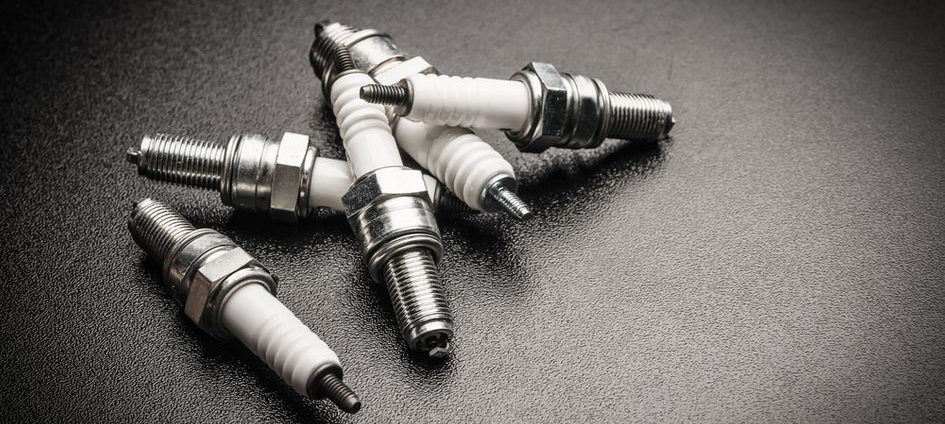
Generally, the vehicle engine has one spark plug per cylinder. Only a few models are fitted with two spark plugs per cylinder. The component directly affects the combustion state, so people consider it as the heart of the engine.
For the best engine parts on the market at the lowest prices, welcome to browse through the Delcoribo range. We have parts for most makes and models. Take a look!
The working process of the spark plug is complex. It can be roughly divided into four phases:
(1) High-voltage electricity penetrates the medium between the electrodes to produce electric sparks.
(2) The arc heats the air-fuel mixture at a high temperature to produce a flame nucleus.
(3) The flame nucleus grows larger.
(4) The flame nucleus ignites the mixture.
This process is completed in a very short time (about one-thousandth of a second). The discharging energy of sparks directly determines the combustion of the air-fuel mixture. This is like lighting a woodpile, which is difficult to light with a match but easy to light with a torch. Therefore, whether there is high ignition energy is the main standard of a good spark plug.
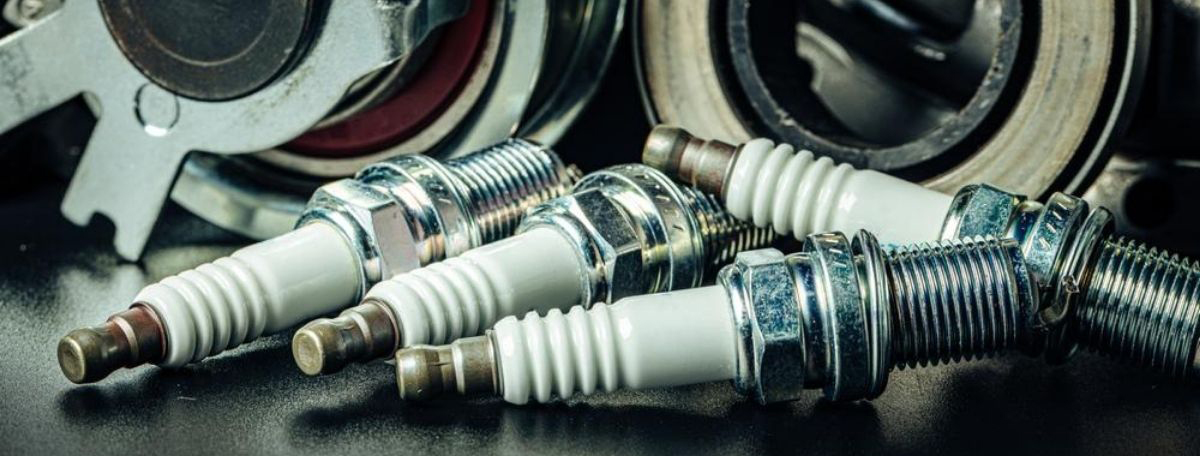
The environment inside the engine combustion chamber is extremely harsh: high temperature, high pressure and temperature changes in a wide range. In the condition of these, the electrode gap increases, the insulation strength of the insulator decreases. Other changes may occur. The ignition performance will gradually decline.
In serious cases, it can't even ignite, so it greatly impacts the engine performance. At this time, the spark plug needs to be replaced. Most car manufacturers have specified a recommended replacement cycle, which is about between 30 to 50,000 km. Some high-performance spark plugs can be used for more than 100,000 km. It depends on the guidence of the manufacturer.
However, it does not mean that the spark plug can not work after the specified replacement cycle. The performance of the spark plug has a degenerating process, but not suddenly be out of order. Even when some spark plugs are no longer in the replacement cycle, there is no engine performance change. Such spark plug can also continue to use.
On the other hand, spark plugs in some certain models work for a very short period of time.
Generally speaking, when the performance of spark plugs declines, the engine has problems of hard starting, poor acceleration, stuttering, higher fuel consumption, and other phenomena.
For some cars with manual transmission, there is an obvious phenomenon. It is kind of like making a misstep when shifting gears. There is no response after shifting the gear and stepping on the accelerator. The rotation speed will increase after a while. There is a very strong sense of stuttering. When these happen, the spark plug needs to be replaced.
When we take the spark plug off, it is easier to judge. The normal condition of the spark plug is: the colour of the electrode is greyish-white, greyish-yellow or light brown. The electrode gap is approximately between 0.9-1.1 mm.
If the removed spark plug is covered with oil. In that case, the electrode is badly ablated, the gap is too large, the component is corrupted and deformed, impurities deposit, or the insulator breaks, such a spark plug needs replacement.
However, there are only carbon deposits on the spark plug in some cases, and there is no problem with the electrode. Such spark plug can be cleaned and continue to work.
There may be a kind of corona on the top of the spark plug. Many mechanics say it is gas leaking, and the spark plug must be replaced. That is not true. It is due to the combined effect of high voltage and oil molecules, which has no impact on the performance of the spark plug.

When choosing spark plugs, we take care of three aspects: appearance, thermal value and electrode material.
● Dimension of the spark plug
It must be identical to those of the original car, including the length, the size of the threads, the shape and length of the electrode, and so on.
This is to ensure that the spark plug is correctly installed in place. It won't interfere with the movement of the valve, piston. The flame center of each cylinder combustion chamber guarantees to be in the same position.
In addition, the material of the spark plug electrode in the same engine must be exactly the same. Different electrode materials affect the service life of the spark plug. The firing performance will also be different, which leads to unbalanced ignition performance of each cylinder.
● Thermal value of the spark plug.
This is a point that many people ignore. In fact, the thermal value of the spark plug is very important; it indicates the balance of heat absorption and heat dissipation ability of the insulator skirt. The higher the thermal value, the stronger the balance between heat absorption and heat dissipation of the spark plug. The higher the rate of heat exported from the combustion chamber, the lower the working temperature. Such a spark plug is called the cold spark plug.
On the contrary, the lower the thermal value, the worse the balance between heat absorption and heat dissipation of the spark plug. The lower the rate of heat exported from the combustion chamber, the higher the working temperature of the spark plug. Such a spark plug is called hot spark plug.
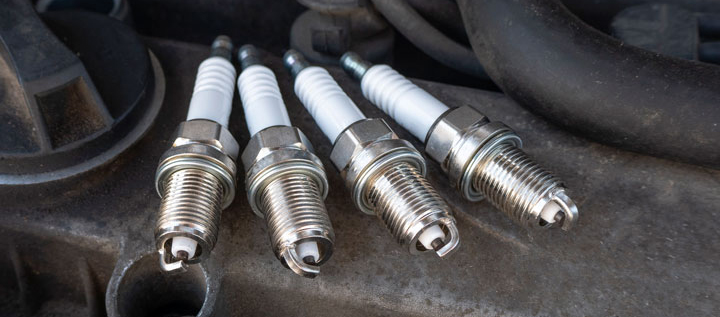
Generally, in the spark plug model number, one specifically indicates the thermal value of the spark plug, but different brands of spark plugs are marked in different ways. There is no unified standard.
For example, the common Bosch spark plugs are marked with the numbers 2 to 10. The higher the number, the higher the thermal value. NGK spark plugs are marked with the numbers 2 to 11. The higher the number, the lower the thermal value. Others, such as Denso spark plugs, are marked with the numbers 9 to 35. The higher the number, the lower the thermal value.
Examples are the common Bosch spark plugs, which are marked with the number 2 to 10, the higher the number, the higher the thermal value; and NGK spark plugs, which are marked with the number 2 to 11, the higher the number, the lower the thermal value; others, such as Denso spark plugs, which are marked with the number 9 to 35, the higher the number, the lower the thermal value.
Engines with high power and compression ratio choose cold spark plugs with high thermal value. On the contrary, engines with low power and small compression ratio choose hot spark plugs with low thermal value. Family cars mostly use spark plugs with medium thermal value.
However, many engines nowadays use new technologies such as turbocharging, direct injection, variable valve timing and lift, even variable compression ratios.
The choice of spark plugs does not exactly follow original rules. Generally, automotive engineers will go through strict calculations and experiments to determine spark plugs' type and thermal value. We must choose spark plugs with the same thermal value as the original car when replacing them. No changes are allowed.
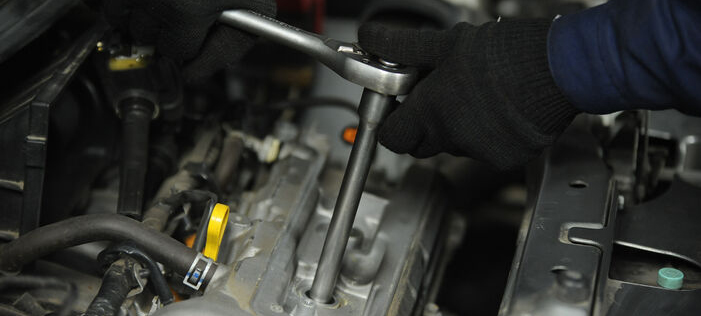
So what if we use spark plugs with the wrong thermal value? For example, we use cold spark plugs with a higher thermal value instead of the right one. It leads to poor heat dissipation. The temperature of the spark plug is high. When the combustible mixture in the combustion chamber and the hot insulator contact, incandescent ignition occurs, which leads to early engine combustion or knocking.
In serious cases, it will even make the spark plug burn. On the other hand, when you use a cold spark plug with a higher thermal value instead of the lower thermal value, it leads to too fast a spark plug heat dissipation.
The temperature of the spark plug is low. It's not up to the self-cleaning temperature. The carbon deposits on the spark plug increase, which affects the normal ignition. The engine jitters and stutters during the acceleration.
● Reasonable material choice of the spark plug electrode.
When we choose spark plugs, we find that there are platinum, iridium and nickel-copper alloy spark plugs. These names refer to the material of the spark plug electrode.
As the ignition of the spark plug mainly relies on the electrode in the head, the material of the electrode directly affects the performance. Generally speaking, the better the material of the electrode, the better the performance of the spark plug. For example, platinum and iridium are better than nickel-copper alloys. The service life is also longer.
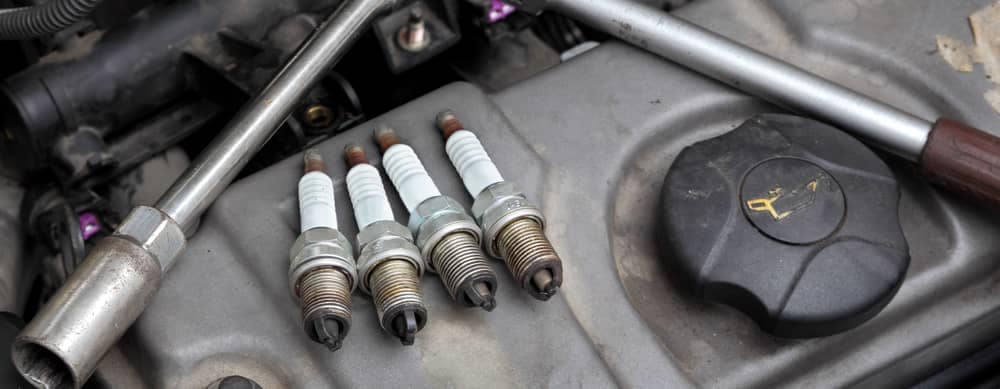
However, we do not have to pursue the so-called "high performance" spark plugs blindly. The excellence can only manifest in the condition of high engine speed and high load. For ordinary family cars, daily commuting rarely encounters such conditions. It's a bit over-technical and offers very little improvement to engine performance.
My advice is to use ordinary nickel-copper alloy spark plugs for small naturally aspirated engines. Platinum or iridium spark plugs apply to supercharged engines and high speed, high intensity engines.
When you see a mechanic changing spark plugs in a garage, you think it's a very simple job. That's not true. Changing spark plugs is a very technical task, not to mention that spark plugs in some models are so covert that only professionals can find them. They are also difficult to remove.
It is not unusual for a few spark plugs to take half a day to be changed. Even the spark plugs, which are very visible, are not that easy to replace.
When replacing spark plugs, you must have specific tools and use them correctly. It is difficult enough for us ordinary car owners. When removing and installing the spark plug, use a torque spanner to tighten with the required torque.
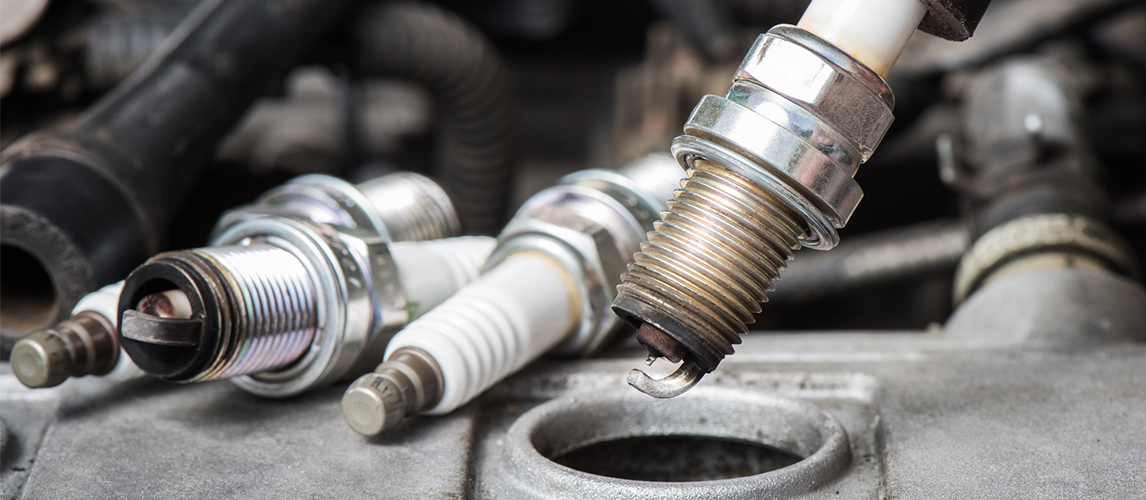
In addition, for some models with the distributor, we also need to remember the order of the ignition cables. If they are wrong, the engine will not start. There are also some small details in the replacement process, such as preventing foreign objects from falling into the cylinder and damages to the spark plug electrodes. It would help if you were an expert in handling them.
Therefore, I do not recommend owners replace the spark plugs themselves. Leave it to the repair shop. It doesn't cost much money.
 Lauritz Carolsfeld
Lauritz Carolsfeld  September 15, 2021
September 15, 2021
